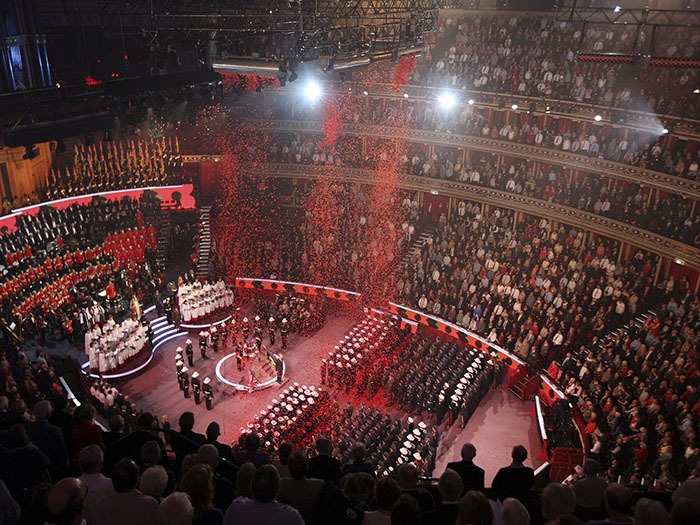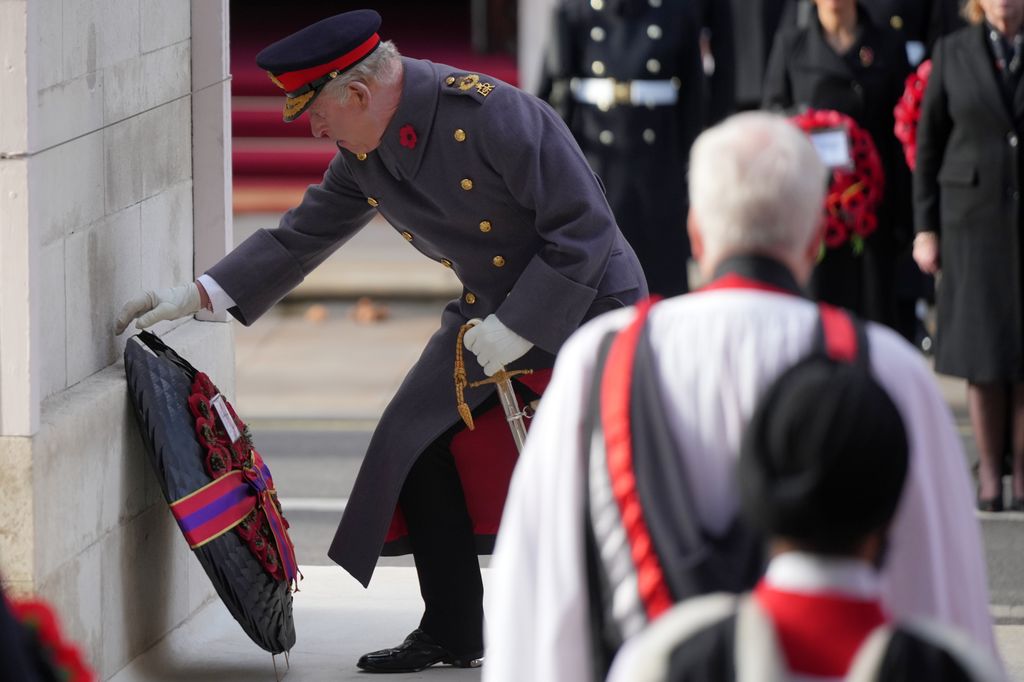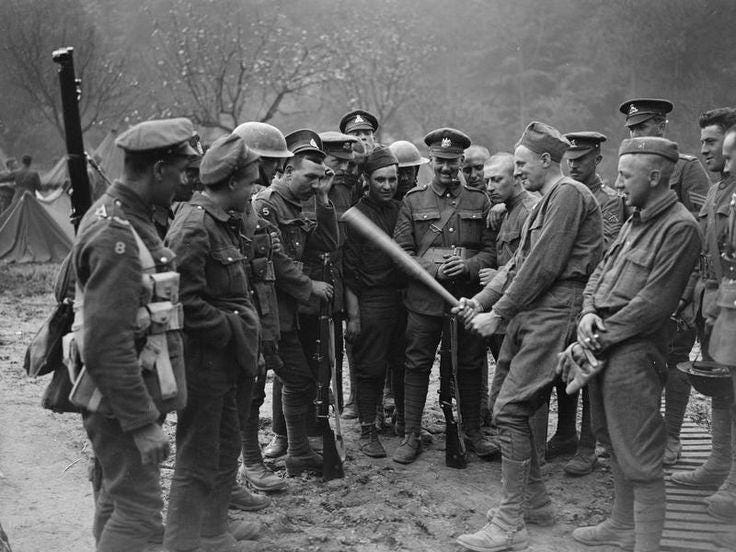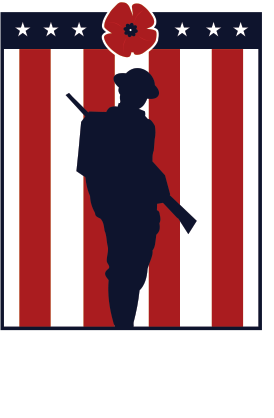Sunday Editorial: The origins of Veterans Day
Published: 9 November 2025
via the TVMO News Network – MS website

TVO News
Two American soldiers laying dead in a shell crater on the first day of the Meuse-Argonne Offensive 26 September 1918. Image Source: Library of Congress
While American’s recognize the service of prior members of the United States Armed Forces on Veterans Day, many American’s are unaware as to the origins of the federal holiday and the significance it holds in other countries around the world and how at one point, American’s also marked November 11 just like most other countries that formed the Allied Powers of the First World War.
Prior to June 1, 1954, Veterans Day was more commonly known as Armistice Day in America, Europe and the United Kingdom along with Canada, Australia, and New Zealand and was seen more as a national day of mourning on a global scale, which commemorated the dead of the First and Second World Wars.
Then, post June 1954 under President Eisenhower, America changed the name and significance of Armistice Day to Veterans Day, which changed how American’s would mark the passing of the federal holiday from a national day of mourning to a day of recognition for all U.S. veterans, both living and dead.
In the rest of the Western world, though, and many parts of the former British Empire, post 1950, November 11 went from Armistice Day to Remember Day, which was a time for veterans and loved ones to remember the sacrifice of all military personnel killed in all wars, past and present.
Usually, the United Kingdom is seen as the forerunner in the annual Remembrance Day commemorations, which are held on the closest weekend to November 11. On the Saturday evening there is the annual Festival of Remembrance, which is held at the Royal Albert Hall in London.

View inside the Festival of Remembrance as a 2 minute silence is held and poppies fall from the ceiling. (Image Source: TPI)
Then, on the Sunday morning the Remembrance Day parades are held to coincide with a two minute silence at 11 a.m. The parades consist of poppy wreath laying’s by local dignitaries and military leaders from the area, and even the reigning British monarch takes part in the parades and bows their head and salutes the glorious war dead.

King Charles laying his poppy wreath at the Cenotaph in Whitehall London, Nov. 9, 2025. (Image Source: Getty Images.)
After the laying of poppy wreaths and two minutes of silence, serving military personnel, veterans, and youth organizations march through towns all across the United Kingdom in an act of remembrance. The largest Remembrance Day parade is held each year in London.
Alongside the annual Festival of Remembrance and Remembrance Day parades the Royal British Legion has the annual poppy appeal, which starts around October 23 and ends on November 11 and is now well into 100 years of being undertaken and was first held in 1920. The aim of the poppy appeal is to raise money for the RBL so they can continue to support serving military personnel, veterans, and their families, in times of crisis and need.
But the roots of Veterans/Remembrance Day is much more significant and can trace its origins back to 11 a.m. (Central European Time) on November 11, 1918, which was the official end of hostilities in Europe and saw a conclusion to what many people of the time in Europe called the Great War, or what we now more commonly refer to as the First World War. At the time, when the guns fell silent they called it an armistice, hence the original name.
⇒ Read the entire article on the TVMO News Network – MS website.
External Web Site Notice: This page contains information directly presented from an external source. The terms and conditions of this page may not be the same as those of this website. Click here to read the full disclaimer notice for external web sites. Thank you.




